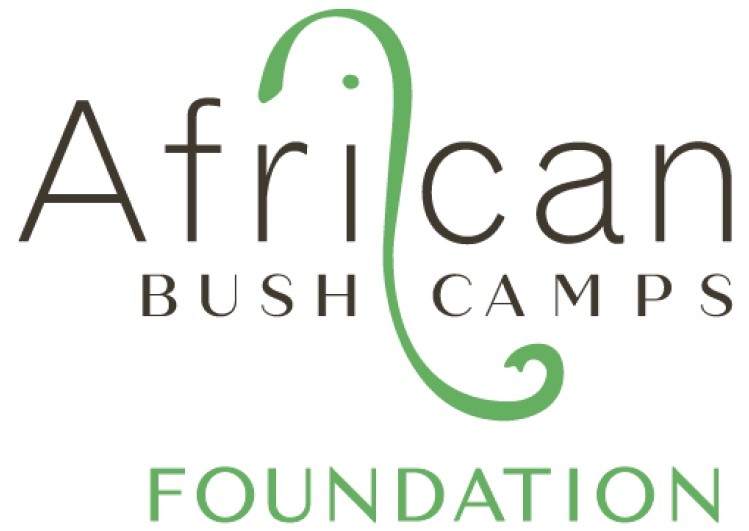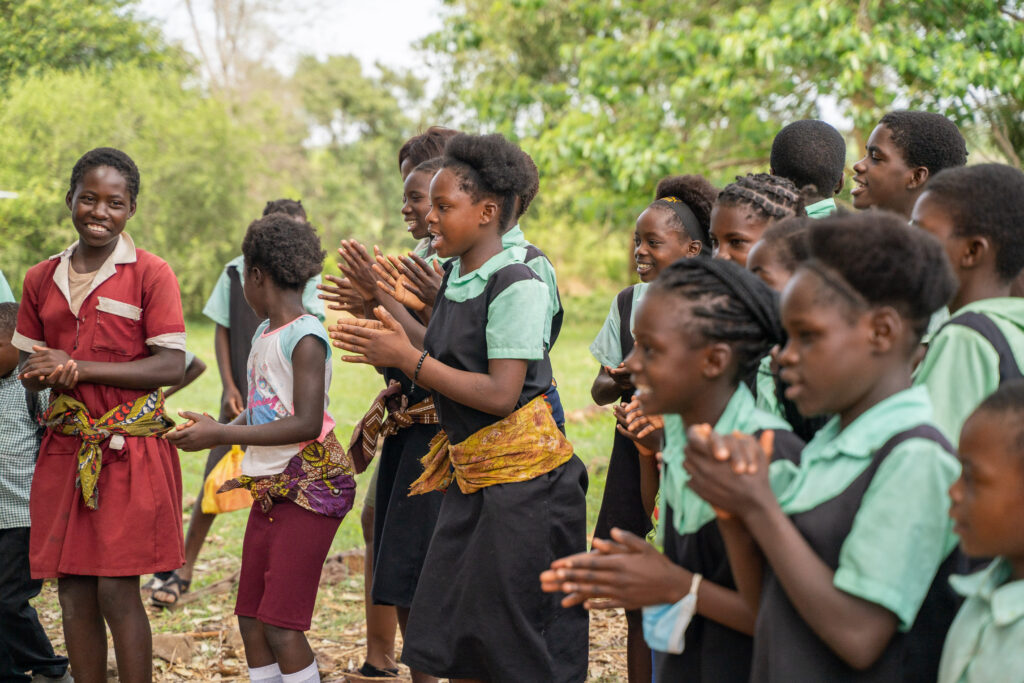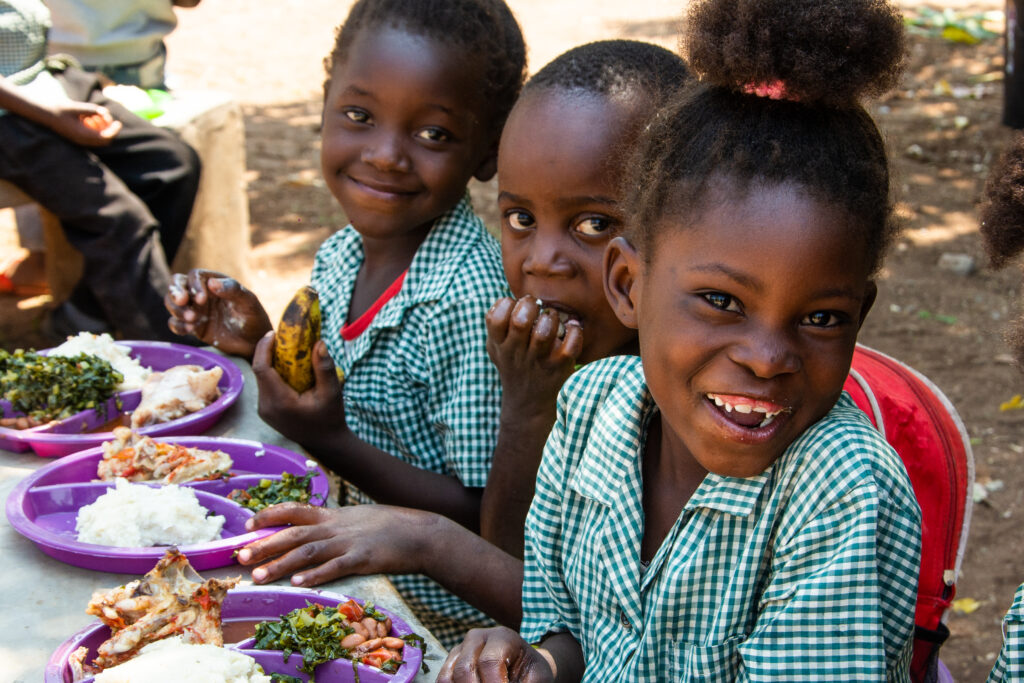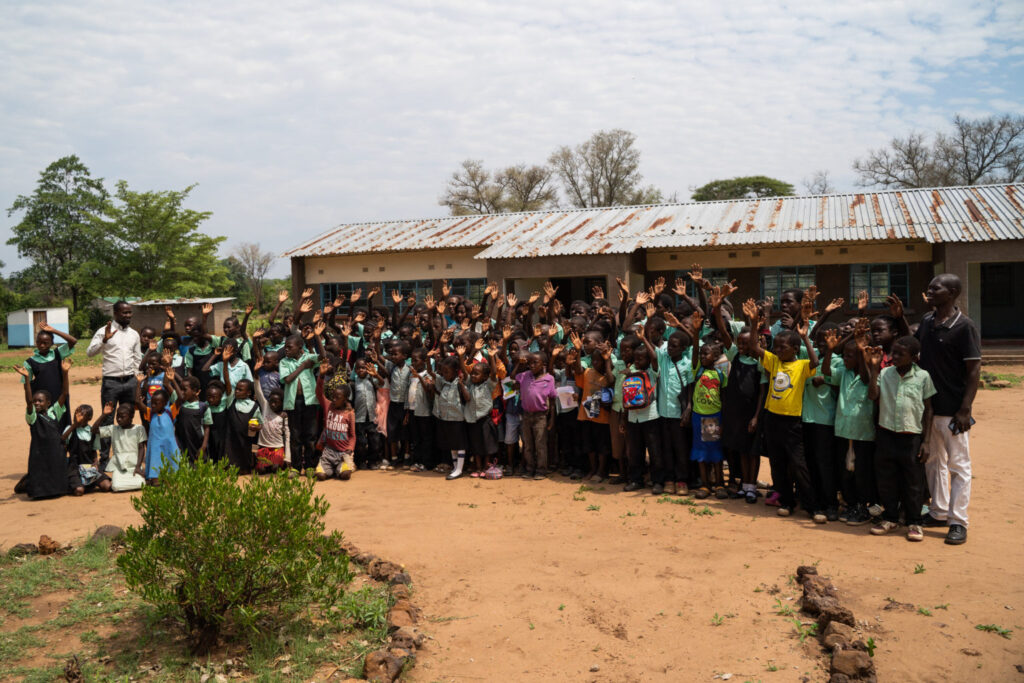Maunga Primary School
The Maunga primary school is the only primary school in Maunga village and currently accommodates 177 learners from ECE to grade 7. The school has 13 teachers including the principal. To date, we have refurbished the school infrastructure, provided stationery and learning materials, started a nutrition program, and provided sanitary pads to keep girls in school.
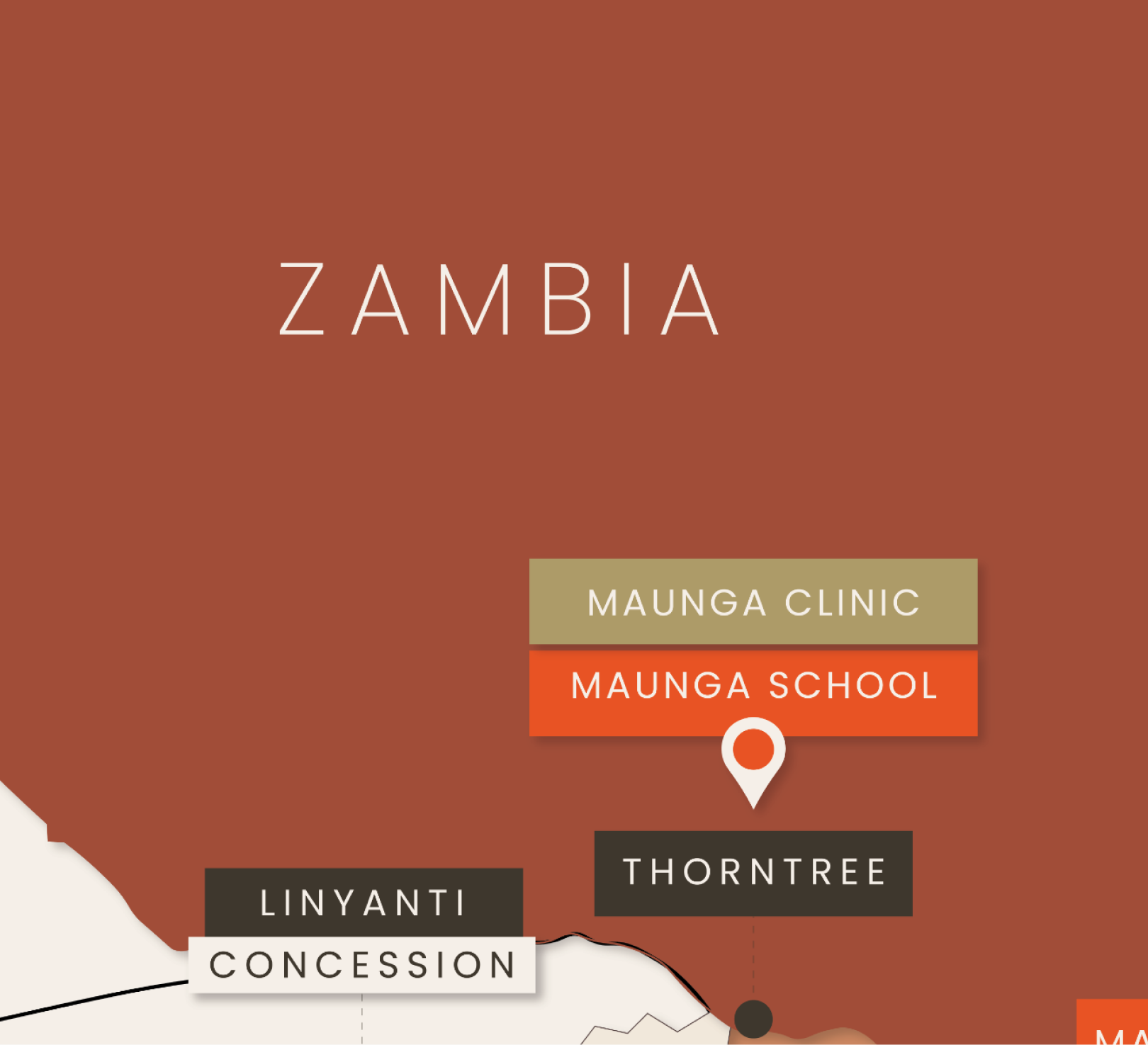
About our project
Our core focus for our schools is to improve the pass rate, improve learning facilities, and increase the quality of education for learners.
Our long-term goal for the school and the impact we want to have:

in 2022 we provided additional learning resources for the school by purchasing stationery packs for the learners and textbooks. We carried out much-needed renovations to the school premises, fixing the roof, building additional restroom facilities, and renovating the kitchen and the dining area.
The renovations to the kitchen and dining area have increased the school’s capacity to feed its learners, and we are now able to provide two meals a day to over 200 students each school day. Students who must travel over 20 km on foot to get to school now have enough to eat during the day and can focus and concentrate in class. They are also protected from heavy rains and hot summer conditions throughout the year during mealtimes.
The new vegetable garden at the school is providing additional meals and agricultural education, which students can practice and use at home to grow a vegetable garden that will support and feed their families.
The additional learning materials, textbooks, and stationery ensure that no students are left behind and they have all the tools they need for learning and writing. Our computer lab is now equipped with laptops and computers, and the computer literacy program being taught will ensure that our students are well-equipped to use and understand computers, as computer literacy is a critical tool for future employment and access to information. We can already see the impact of the work we have done at the school in the past 12 months, with the pass rate and student attendance increasing.
We are excited about our plans to build accommodation for the school teachers. Currently, 6 of the 13 teachers working at the school are living in one of the classrooms due to a shortage of housing in the village. Building teacher accommodation will ensure that we retain these teachers at the school. We aim to continue with the feeding program, as well as to provide sanitary products to the girls so that none of them miss school due to no sanitary protection.
Total spending for 2022: $30,700
Total projected costs for 2023: $167,900
